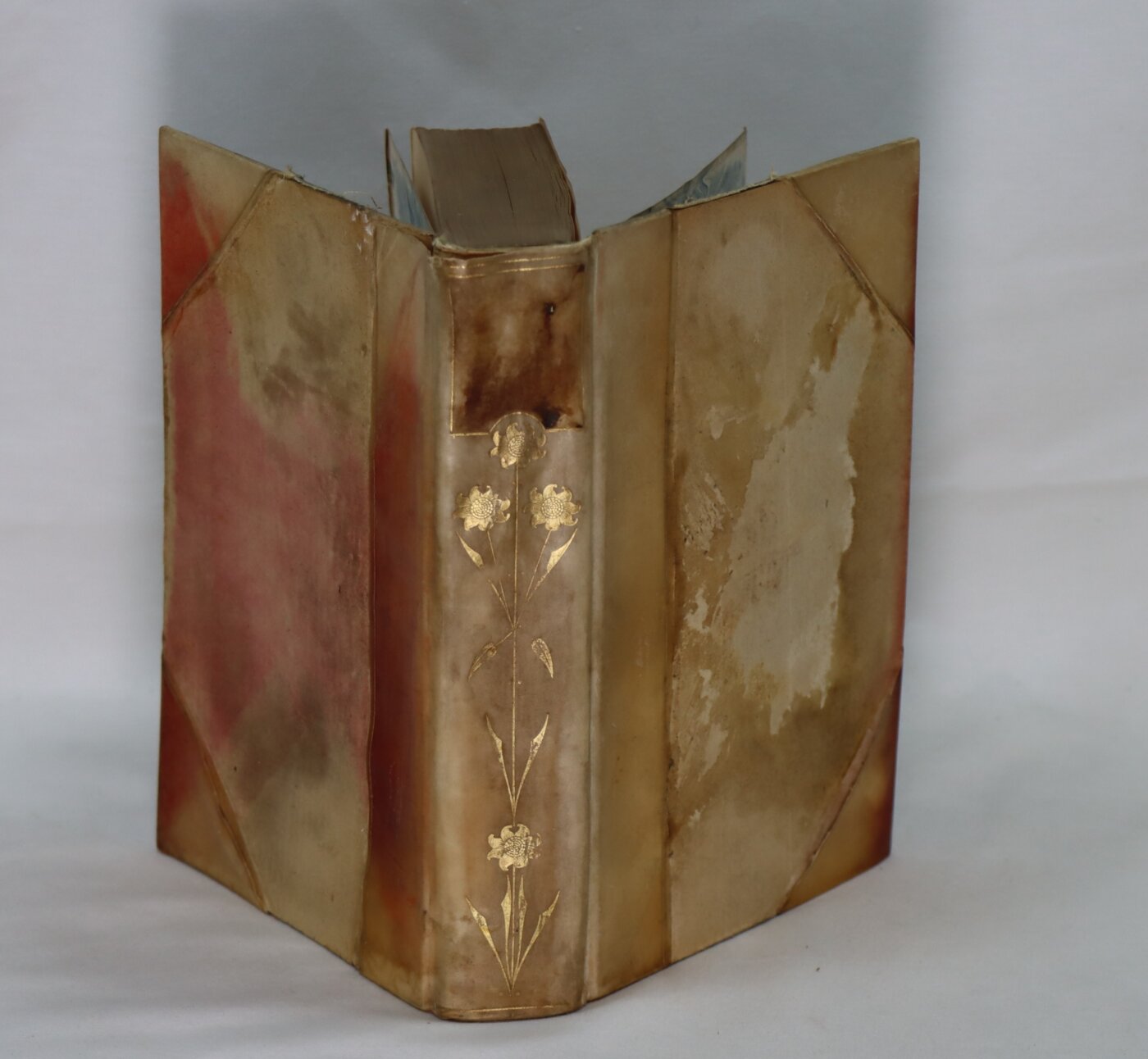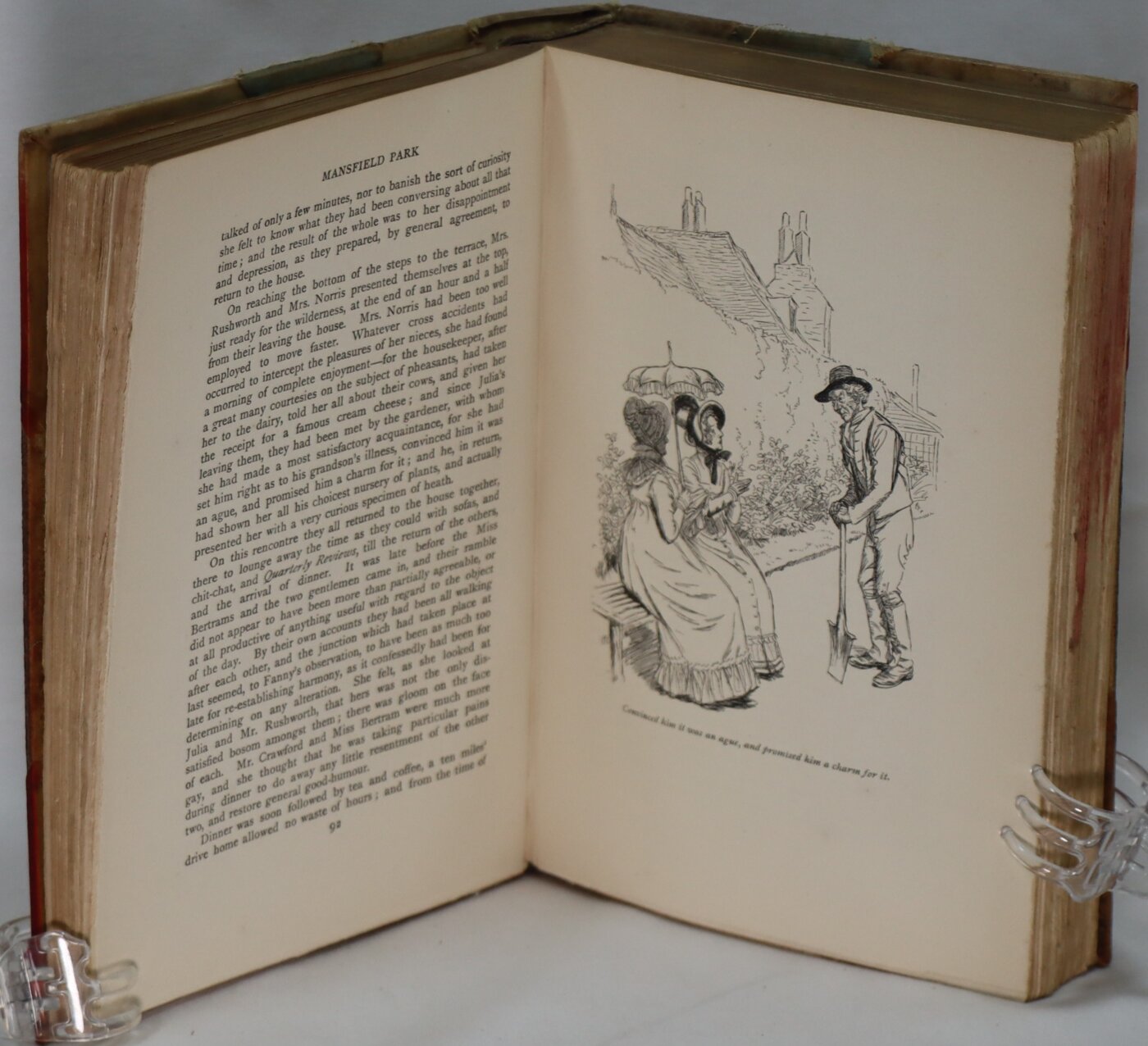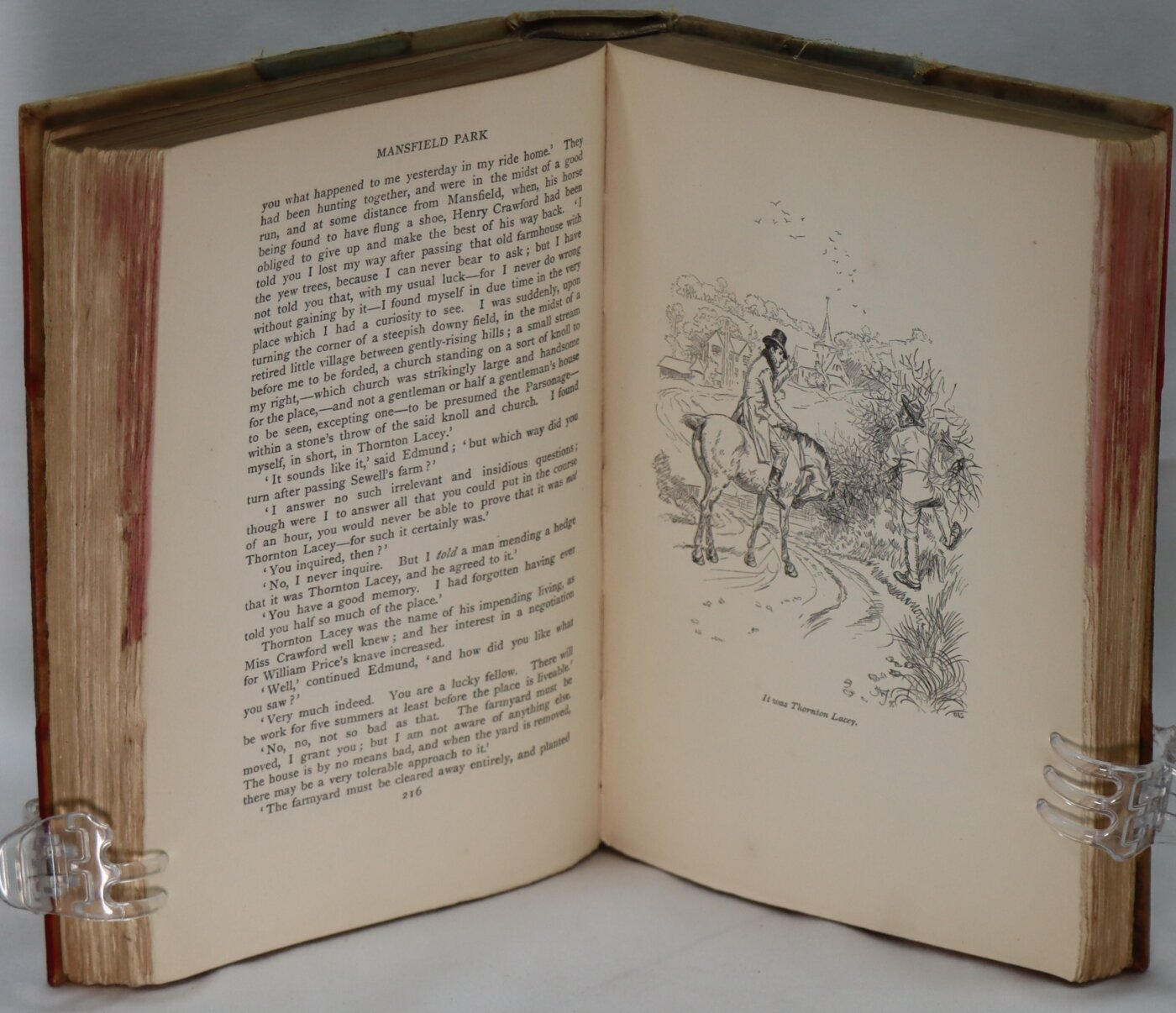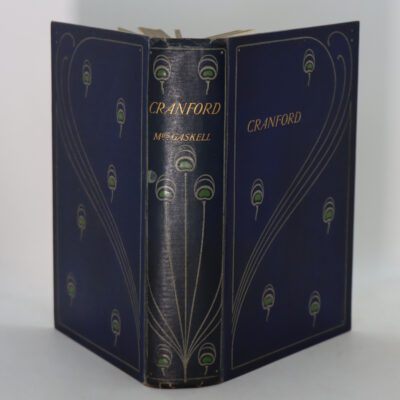Mansfield Park.
By Jane Austen
Printed: 1903
Publisher: Macmillan & Co. London
| Dimensions | 14 × 19 × 4 cm |
|---|
Language: Not stated
Size (cminches): 14 x 19 x 4
Condition: Fair (See explanation of ratings)
Item information
Description
Cream calf spine with gilt decoration, cloth board covers missing.
- We provide an in-depth photographic presentation of this item to stimulate your feeling and touch. More traditional book descriptions are immediately available
Note: This book carries a £5.00 discount to those that subscribe to the F.B.A. mailing list.
1903 Mansfield Park by Jane Austen / Macmillan and Co., London / 40 Wonderful Drawings by Hugh Thomson. Regrettably this book’s cover was water damaged though its contents remain in excellent condition. Hence the price reduction from £115 to £25.00
Mansfield Park is the third published novel by the English author Jane Austen, first published in 1814 by Thomas Egerton. A second edition was published in 1816 by John Murray, still within Austen’s lifetime. The novel did not receive any public reviews until 1821.
The novel tells the story of Fanny Price, starting when her overburdened family sends her at the age of ten to live in the household of her wealthy aunt and uncle and following her development into early adulthood. From early on critical interpretation has been diverse, differing particularly over the character of the heroine, Austen’s views about theatrical performance and the centrality or otherwise of ordination and religion, and on the question of slavery. Some of these problems have been highlighted in the several later adaptations of the story for stage and screen.
Jane Austen (16 December 1775 – 18 July 1817) was an English novelist known primarily for her six novels, which implicitly interpret, critique, and comment upon the British landed gentry at the end of the 18th century. Austen’s plots often explore the dependence of women on marriage for the pursuit of favourable social standing and economic security. Her works are implicit critiques of the novels of sensibility of the second half of the 18th century and are part of the transition to 19th-century literary realism. Her use of social commentary, realism, and irony have earned her acclaim amongst critics and scholars.
The anonymously published Sense and Sensibility (1811), Pride and Prejudice (1813), Mansfield Park (1814), and Emma (1816) were modest successes, but they brought her little fame in her lifetime. She wrote two other novels—Northanger Abbey and Persuasion, both published posthumously in 1817—and began another, eventually titled Sanditon, but it was left unfinished upon her death. She also left behind three volumes of juvenile writings in manuscript, the short epistolary novel Lady Susan, and the unfinished novel The Watsons.
Since her death Austen’s novels have rarely been out of print. A significant transition in her reputation occurred in 1833, when they were republished in Richard Bentley’s Standard Novels series (illustrated by Ferdinand Pickering and sold as a set). They gradually gained wide acclaim and popular readership. In 1869, fifty-two years after her death, her nephew’s publication of A Memoir of Jane Austen introduced a compelling version of her writing career and her supposedly uneventful life to an eager audience. Her work has inspired a large number of critical essays and has been included in many literary anthologies. Her novels have also inspired many films, including 1940’s Pride and Prejudice, 1995’s Sense and Sensibility, and 2016’s Love & Friendship.
Condition notes
Want to know more about this item?
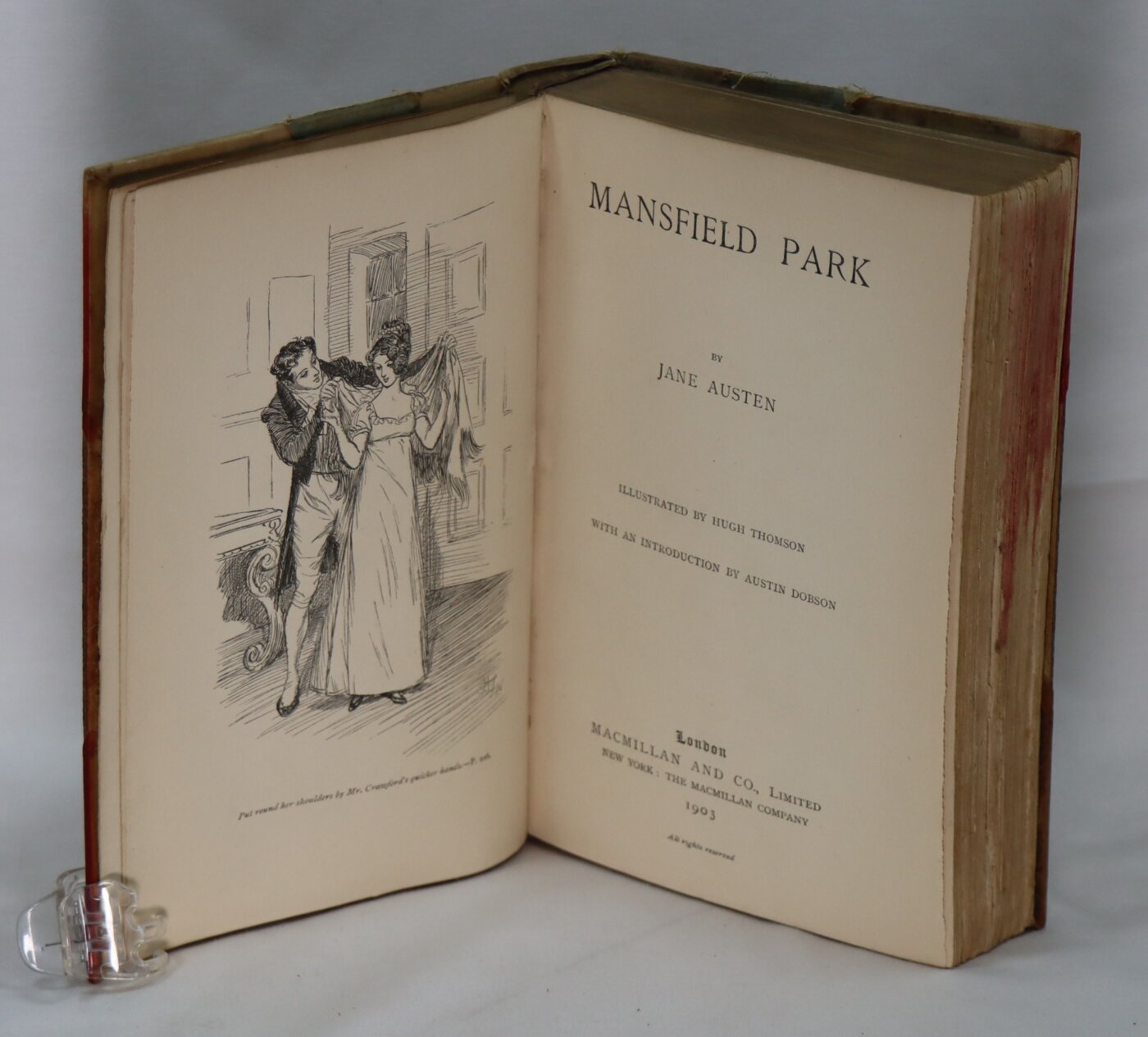
Related products
Share this Page with a friend

